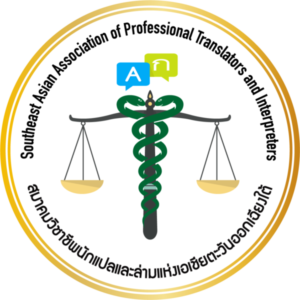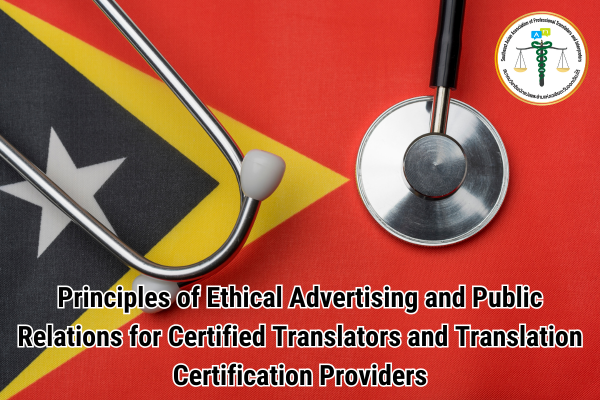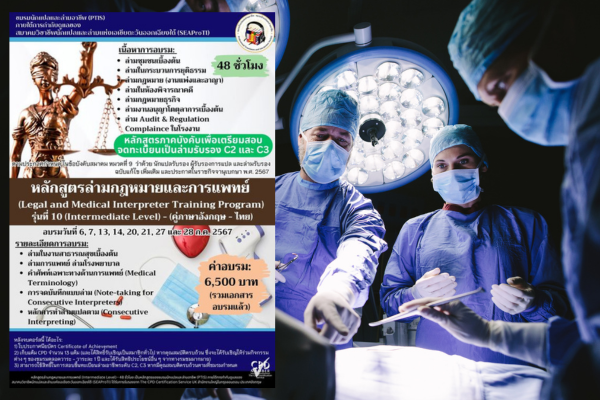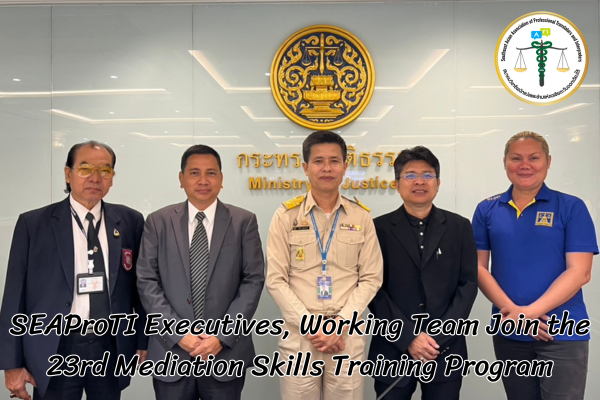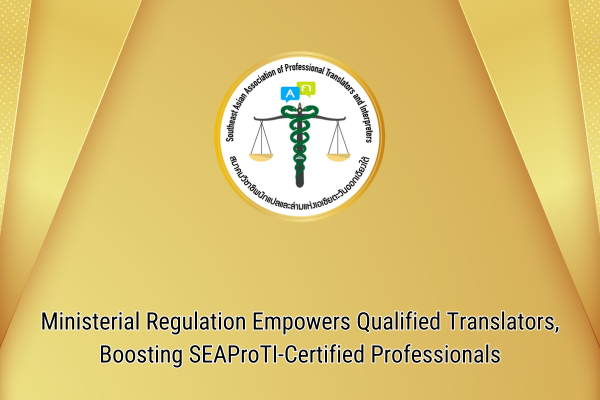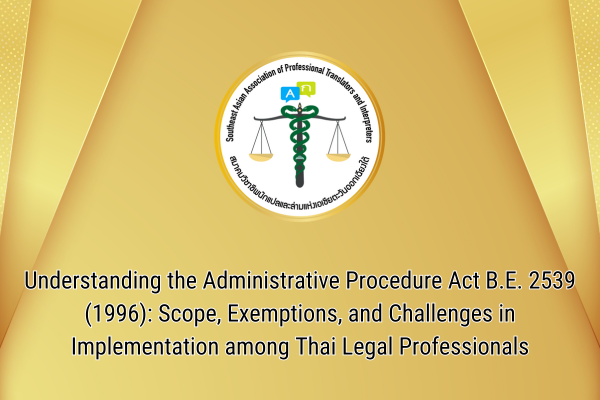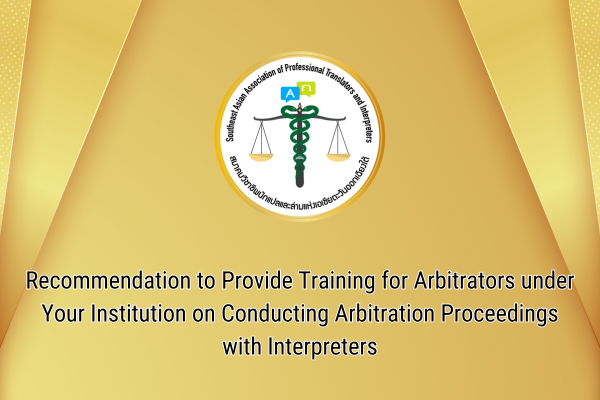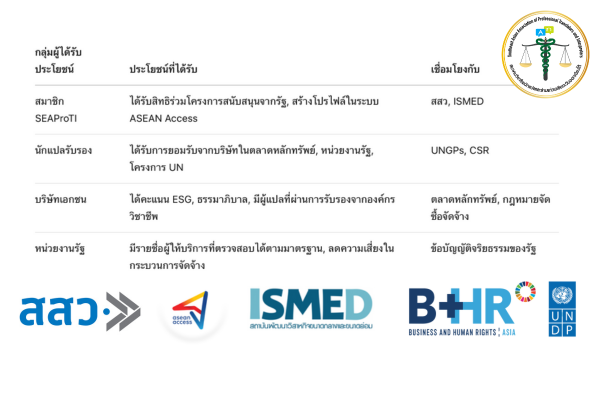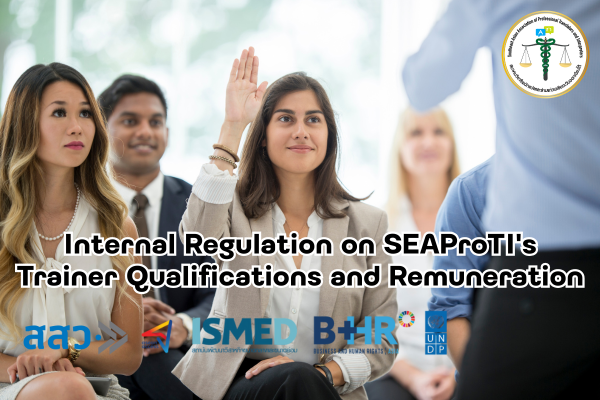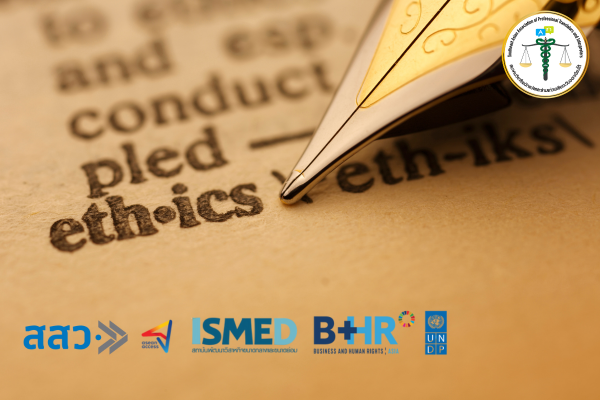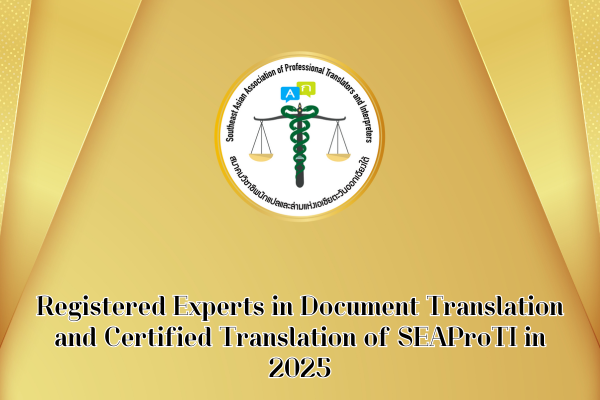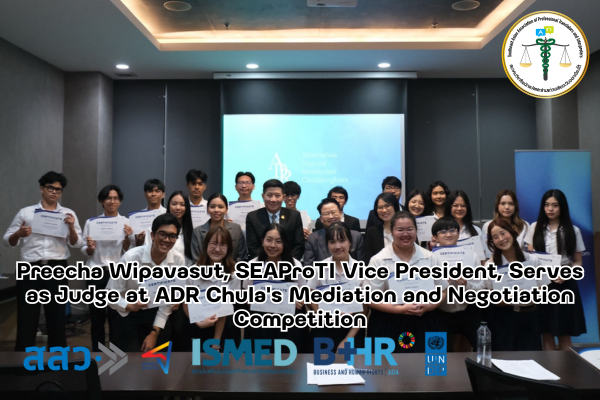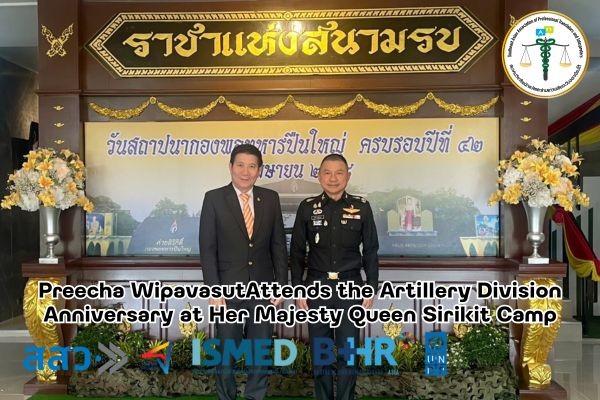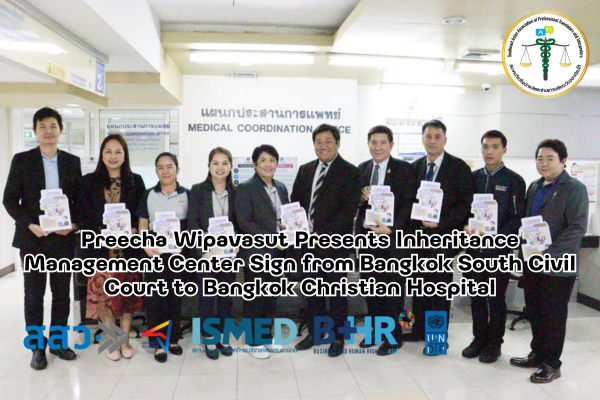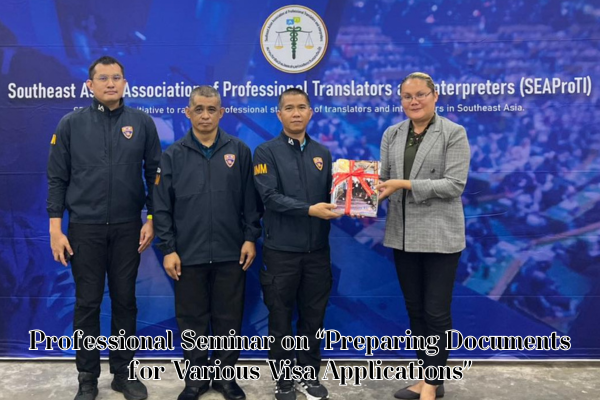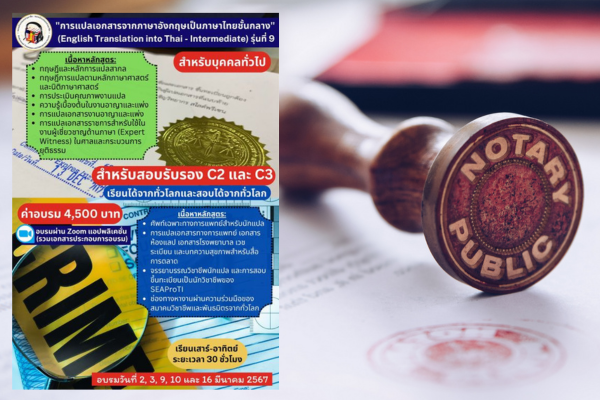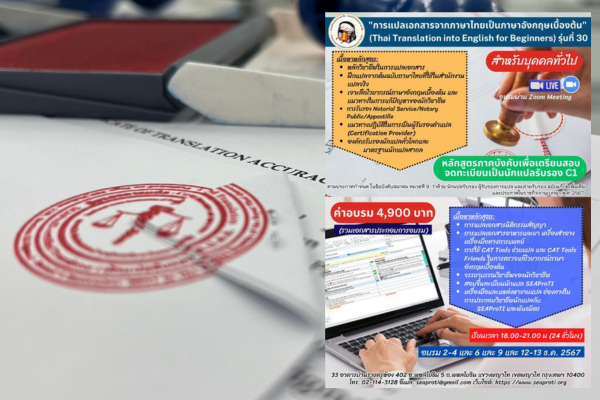The Linguistic Diversity of Timor-Leste: A Reflection of History and Culture
Timor-Leste, also known as East Timor, is a small country in Southeast Asia with remarkable linguistic diversity. This diversity reflects its rich history, cultural variety, and efforts to forge a unique national identity. This article explores the linguistic system of Timor-Leste, which includes official languages, working languages, and a variety of indigenous languages.
Official Languages of Timor-Leste
Timor-Leste has two official languages:
-
Tetum
Tetum is the most widely spoken native language, with approximately 30.6% of the population using it as their mother tongue. Tetum plays a crucial role as a lingua franca, facilitating communication among various ethnic groups. It is widely used in media, education, and daily interactions. -
Portuguese
Portuguese is the other official language, spoken as a mother tongue by only 0.6% of the population. However, it holds significant importance in education and government administration. Having been under Portuguese colonial rule for over 400 years, Timor-Leste adopted Portuguese as a symbol of its identity and connection to the global community.
Working Languages in Timor-Leste
In addition to the official languages, Timor-Leste recognizes two working languages:
-
English
English plays a key role in business, international relations, and education, particularly in contexts involving international organizations or development projects. It serves as a bridge between Timor-Leste and the global community. -
Indonesian
Indonesian is widely used in trade and relations with neighboring Indonesia. Although Timor-Leste gained independence from Indonesia in 2002, the Indonesian language remains prevalent due to the education system under Indonesian rule in the past.
Diverse Indigenous Languages
Timor-Leste is home to various ethnic groups and has up to 30 indigenous languages. The most spoken ones include:
-
Mambai: Spoken by 16.6% of the population
-
Makasae: 10.5%
-
Tetum Terik: 6.05%
-
Baikenu: 5.87%
-
Kemak: 5.85%
-
Bunak: 5.48%
-
Tokodede: 3.97%
-
Fataluku: 3.52%
These indigenous languages fall into two main linguistic families:
-
Austronesian Languages: These are similar to languages spoken in the Pacific Islands and Southeast Asia, such as Mambai and Baikenu.
-
Papuan Languages: These unique languages are found in regions like New Guinea and nearby islands, including Makasae and Bunak.
Language Usage Today
Although Tetum and Portuguese are the official languages, Tetum remains the most widely used language in daily life. Portuguese, on the other hand, is primarily used in formal contexts such as education, administration, and official documentation.
English and Indonesian play vital roles in specific contexts, such as business, tourism, and international relations. The use of these languages helps Timor-Leste maintain connections with both regional and global communities.
The Importance of Linguistic Diversity
The linguistic diversity of Timor-Leste is the result of its long history of colonial rule, migration, and cultural exchange with other nations. This diversity also highlights the ethnic and cultural variety of its people.
The government of Timor-Leste strives to preserve and promote this diversity by supporting education and research on indigenous languages. It also encourages citizens to recognize the value of their local languages while fostering the learning of Portuguese, English, and Indonesian to prepare them for global competition.
Conclusion
The linguistic diversity of Timor-Leste is more than a national characteristic; it is a cultural heritage that reflects the identity, history, and cooperation of its many ethnic groups. In an increasingly interconnected world, preserving and promoting linguistic diversity is essential not only for cultural preservation but also for building a stable and sustainable future for the people of Timor-Leste and generations to come.
SEAProTI’s certified translators, translation certification providers, and certified interpreters:
The Southeast Asian Association of Professional Translators and Interpreters (SEAProTI) has officially announced the criteria and qualifications for individuals to register as “Certified Translators,” “Translation Certification Providers,” and “Certified Interpreters” under the association’s regulations. These guidelines are detailed in Sections 9 and 10 of the Royal Thai Government Gazette, issued by the Secretariat of the Cabinet under the Office of the Prime Minister of the Kingdom of Thailand, dated July 25, 2024, Volume 141, Part 66 Ng, Page 100.
To read the full publication, visit: the Royal Thai Government Gazette
ความหลากหลายทางภาษาของประเทศติมอร์เลสเต: ภาพสะท้อนแห่งประวัติศาสตร์และวัฒนธรรม
ติมอร์เลสเต (Timor-Leste) หรือที่รู้จักกันในชื่อ ติมอร์ตะวันออก เป็นประเทศเล็ก ๆ ในเอเชียตะวันออกเฉียงใต้ที่มีความหลากหลายทางภาษาที่โดดเด่น ความหลากหลายทางภาษานี้สะท้อนให้เห็นถึงประวัติศาสตร์อันยาวนาน วัฒนธรรมที่หลากหลาย และความพยายามในการสร้างเอกลักษณ์แห่งชาติของประเทศ บทความนี้จะพาท่านไปรู้จักกับระบบภาษาของติมอร์เลสเตที่มีทั้งภาษาทางการ ภาษาทำงาน และภาษาพื้นเมืองที่หลากหลาย
ภาษาทางการของติมอร์เลสเต
ติมอร์เลสเตมีภาษาทางการ 2 ภาษา ได้แก่:
-
ภาษาเตตุม (Tetum)
ภาษาเตตุมเป็นภาษาพื้นเมืองที่มีผู้พูดเป็นภาษาแม่มากที่สุดในประเทศ โดยประมาณ 30.6% ของประชากรใช้ภาษาเตตุมในชีวิตประจำวัน ภาษาเตตุมยังมีบทบาทสำคัญในฐานะสื่อกลางในการสื่อสารระหว่างกลุ่มชาติพันธุ์ต่าง ๆ และเป็นภาษาที่ประชาชนส่วนใหญ่คุ้นเคย เนื่องจากใช้ในสื่อมวลชน การศึกษา และการสื่อสารทั่วไป -
ภาษาโปรตุเกส (Portuguese)
ภาษาโปรตุเกสเป็นอีกหนึ่งภาษาทางการของติมอร์เลสเต แม้ว่าจะมีผู้พูดเป็นภาษาแม่เพียง 0.6% ของประชากร แต่ภาษาโปรตุเกสมีบทบาทสำคัญในด้านการศึกษาและการบริหารราชการ เนื่องจากประเทศเคยตกอยู่ภายใต้การปกครองของโปรตุเกสมานานกว่า 400 ปี จึงทำให้ภาษาโปรตุเกสกลายเป็นภาษาสำคัญที่แสดงถึงอัตลักษณ์และความเป็นสากลของติมอร์เลสเต
ภาษาที่ใช้กันอย่างแพร่หลาย (Working Language) ในติมอร์เลสเต
นอกจากภาษาทางการแล้ว ติมอร์เลสเตยังมีภาษาทำงานอีก 2 ภาษา ได้แก่:
-
ภาษาอังกฤษ (English)
ภาษาอังกฤษเป็นหนึ่งในภาษาที่มีบทบาทสำคัญในด้านธุรกิจ การติดต่อระหว่างประเทศ และการศึกษา โดยเฉพาะในบริบทที่เกี่ยวข้องกับองค์กรระหว่างประเทศหรือโครงการพัฒนาต่าง ๆ ภาษาอังกฤษยังเป็นสะพานเชื่อมระหว่างติมอร์เลสเตและชุมชนระหว่างประเทศ -
ภาษาอินโดนีเซีย (Bahasa Indonesia)
ภาษาอินโดนีเซียมีบทบาทสำคัญในฐานะภาษาทำงาน โดยเฉพาะในด้านการค้าขายและความสัมพันธ์กับประเทศเพื่อนบ้านอย่างอินโดนีเซีย แม้ว่าติมอร์เลสเตจะได้รับเอกราชจากอินโดนีเซียในปี 2002 แต่ภาษาอินโดนีเซียยังคงเป็นภาษาที่มีการใช้งานอย่างแพร่หลาย เนื่องจากมีผู้ที่เคยได้รับการศึกษาภายใต้ระบบการศึกษาอินโดนีเซียในอดีต
ภาษาพื้นเมืองที่หลากหลาย
ติมอร์เลสเตเป็นที่อยู่อาศัยของกลุ่มชาติพันธุ์ต่าง ๆ และมีภาษาพื้นเมืองมากถึง 30 ภาษา โดยภาษาที่มีผู้พูดมากที่สุด ได้แก่:
-
มัมไบ (Mambai): 16.6% ของประชากร
-
มากาไซ (Makasae): 10.5%
-
เตตุมเตริก (Tetum Terik): 6.05%
-
ไบเกนุ (Baikenu): 5.87%
-
เกมัก (Kemak): 5.85%
-
บูนัก (Bunak): 5.48%
-
โตโกเดเด (Tokodede): 3.97%
-
ฟาตาลูกู (Fataluku): 3.52%
ภาษาพื้นเมืองเหล่านี้แบ่งออกเป็น 2 ตระกูลภาษาหลัก คือ:
-
ตระกูลภาษาออสโตรนีเซียน: ภาษากลุ่มนี้มีลักษณะใกล้เคียงกับภาษาที่ใช้ในหมู่เกาะแปซิฟิกและเอเชียตะวันออกเฉียงใต้ เช่น มัมไบและไบเกนุ
-
ตระกูลภาษาปาปัว (Papuan): ภาษากลุ่มนี้มีลักษณะเฉพาะที่พบในพื้นที่ของเกาะนิวกินีและหมู่เกาะใกล้เคียง เช่น มากาไซและบูนัก
การใช้ภาษาในปัจจุบัน
แม้ว่าภาษาเตตุมและโปรตุเกสจะเป็นภาษาทางการ แต่ภาษาเตตุมยังคงเป็นภาษาที่ใช้กันอย่างแพร่หลายที่สุดในชีวิตประจำวันของประชาชน ในขณะที่ภาษาโปรตุเกสมักใช้ในบริบทที่เป็นทางการ เช่น การศึกษา การบริหารราชการ และการพิมพ์เอกสารราชการ
ภาษาอังกฤษและภาษาอินโดนีเซียก็มีบทบาทสำคัญในบริบทเฉพาะ เช่น การดำเนินธุรกิจ การท่องเที่ยว และการสื่อสารกับชุมชนระหว่างประเทศ การใช้ภาษาเหล่านี้ทำให้ติมอร์เลสเตสามารถสร้างความเชื่อมโยงกับทั้งภูมิภาคและโลกได้อย่างมีประสิทธิภาพ
ความสำคัญของความหลากหลายทางภาษา
ความหลากหลายทางภาษาของติมอร์เลสเตเป็นผลมาจากประวัติศาสตร์อันยาวนานของการปกครองอาณานิคม การอพยพ และการแลกเปลี่ยนวัฒนธรรมกับประเทศอื่น ๆ ความหลากหลายนี้ยังเป็นตัวบ่งชี้ถึงความหลากหลายทางชาติพันธุ์และวัฒนธรรมของประชาชนชาวติมอร์เลสเต
รัฐบาลติมอร์เลสเตได้พยายามรักษาและส่งเสริมความหลากหลายทางภาษา โดยสนับสนุนการศึกษาและการวิจัยเกี่ยวกับภาษาพื้นเมือง รวมถึงส่งเสริมให้ประชาชนตระหนักถึงคุณค่าของภาษาท้องถิ่น ในขณะเดียวกันก็สนับสนุนการเรียนรู้ภาษาโปรตุเกส ภาษาอังกฤษ และภาษาอินโดนีเซีย เพื่อเตรียมความพร้อมให้ประชาชนสามารถแข่งขันในระดับสากล
บทสรุป
ความหลากหลายทางภาษาของติมอร์เลสเตเป็นมากกว่าคุณลักษณะของประเทศ แต่เป็นมรดกทางวัฒนธรรมที่สะท้อนถึงเอกลักษณ์ ประวัติศาสตร์ และความร่วมมือระหว่างกลุ่มชาติพันธุ์ที่หลากหลาย ในยุคที่โลกเชื่อมโยงถึงกันมากขึ้น การรักษาและส่งเสริมความหลากหลายทางภาษาจึงเป็นสิ่งสำคัญ ไม่เพียงแต่เพื่อการอนุรักษ์วัฒนธรรม แต่ยังเพื่อสร้างอนาคตที่มั่นคงและยั่งยืนสำหรับชาวติมอร์เลสเตและคนรุ่นต่อไป
เกี่ยวกับนักแปลรับรอง ผู้รับรองการแปล และล่ามรับรองของสมาคมวิชาชีพนักแปลและล่ามแห่งเอเชียตะวันออกเฉียงใต้
สมาคมวิชาชีพนักแปลและล่ามแห่งเอเชียตะวันออกเฉียงใต้ (SEAProTI) ได้ประกาศหลักเกณฑ์และคุณสมบัติผู้ที่ขึ้นทะเบียนเป็น “นักแปลรับรอง (Certified Translators) และผู้รับรองการแปล (Translation Certification Providers) และล่ามรับรอง (Certified Interpreters)” ของสมาคม หมวดที่ 9 และหมวดที่ 10 ในราชกิจจานุเบกษา ของสำนักเลขาธิการคณะรัฐมนตรี ในสำนักนายกรัฐมนตรี แห่งราชอาณาจักรไทย ลงวันที่ 25 ก.ค. 2567 เล่มที่ 141 ตอนที่ 66 ง หน้า 100 อ่านฉบับเต็มได้ที่: นักแปลรับรอง ผู้รับรองการแปล และล่ามรับรอง

